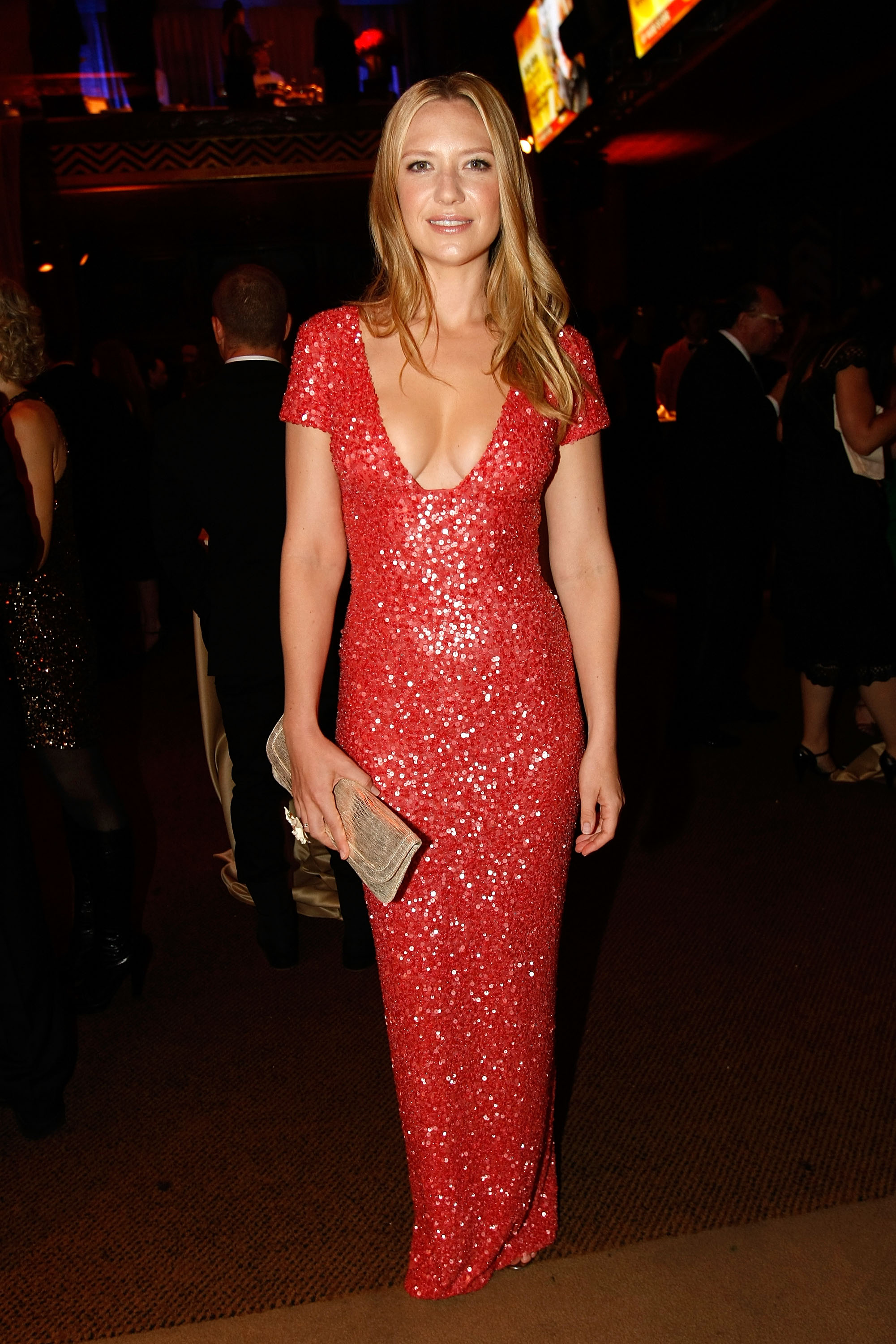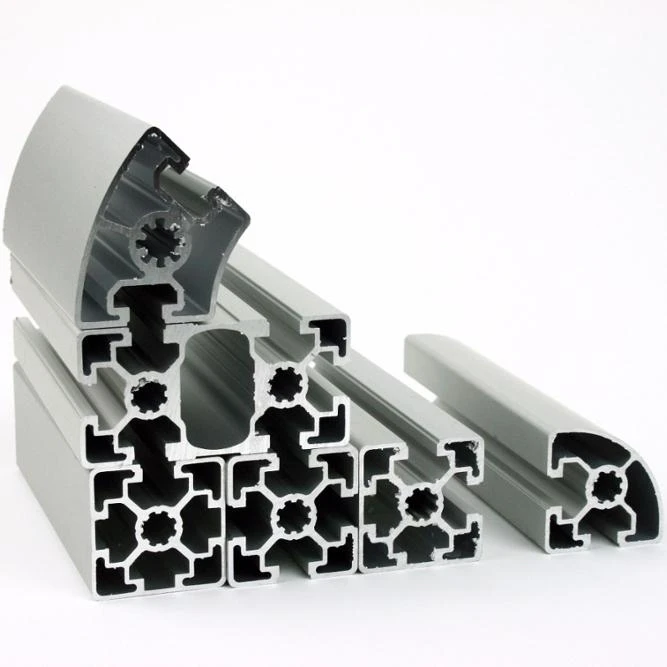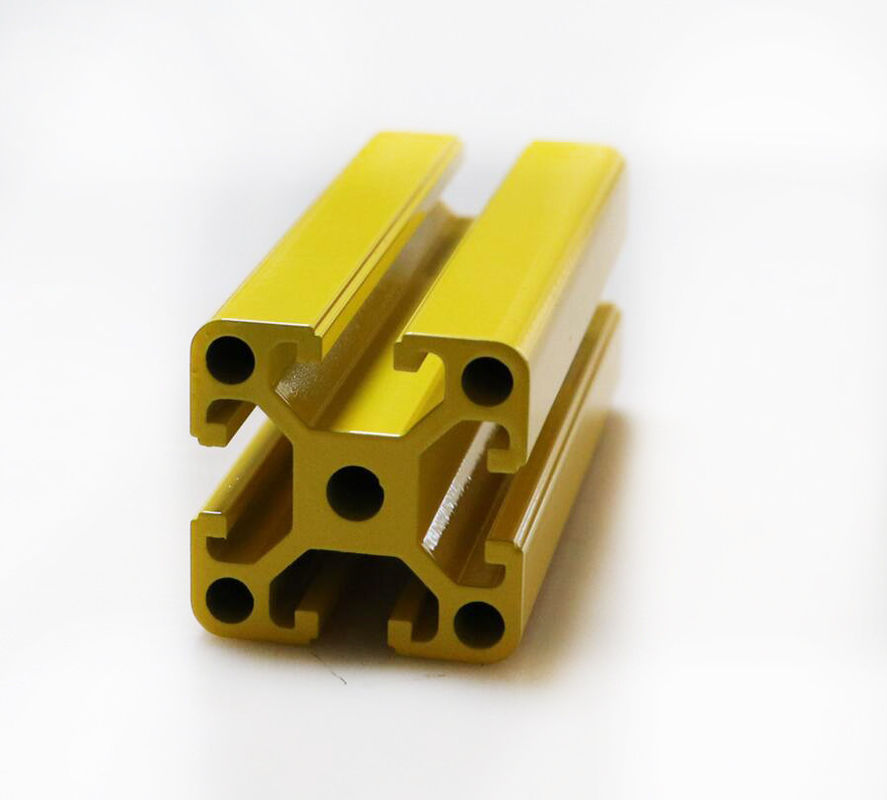V Slot T Slot
V-Slot® Linear Rail V-Slot Linear Rail is the ultimate solution combining both linear motion and a modular, structural framing system. It's lightweight yet rigid and provides an ultra smooth track for precise. All v-tooltip slots aren't scoped, you can't get anything from them via this method. Copy link Member jacekkarczmarczyk commented Mar 30, 2019. And you don't know what component passes to the slot if you don't read the source code, I agree that there should be explained what data is passed, probably in slots section @sh7dm.
T-Slot / V-Slot
T-Slot has been around for many years. It has matured to a solid building system using in industry and by hobby engineers to build everything from machine enclosures to CNC machines, 3D printers and robots! It is strong enough to withstand many industrial stresses and modular enough allow for universal designs.
T-Slot / V-Slot Drop-In Nuts. January 2nd, 2019. Usually used with 2020 or other 5-6mm slotted aluminum extrusions. Models are for reference designs or assembly drawings. Download files Like. 1665 Downloads 60 Likes 5 Comments. Uploaded: January 2nd. T-slot V-slot Universal camera mount:CR10, tevo tornado, ender 3 logitech c270 c920, picamera, gopro, action camera, prusa mk3, others UPDATE14/08. By RaffoSan Aug 10, 2017. Customizable Tslot profile. By kijja Feb 29, 2020. Modular carriage for 40x20 rails (using 3 solid V wheels).
The T-slot system consists of extruded aluminum of various sizes with a “T” shaped slot on one or more of its sides. The shapes, sizes and designs may be different, but the “T” slot is common to all. The “T” slot allows of a variety of hardware to be connected to the extrusion so that complex structures can be constructed.
Types of T-Slot
There are many types of T-Slot available on the market. Some of the most common for small scale engineering include:
- V-Slot
- MakerBeam
- OpenBeam
- MicoRax
As show above, these 4 type range from 10mm to 20mm square profile. Each profile has its unique features, but all share the “T” slot function.
The profiles are not limited to square. V-slot, for example, comes in 4 sizes 20x80mm, 20x60mm, 20x40mm and 20x20mm :
Some manufactures produce larger square and other shaped profiles:
MakerBeam can fit a screw into its T-slot:
MicroRax is small, light and uses t-nuts and screws:

OpenBeam can fit a standard nut into its t-slot:
V-Slot uses t-nuts and is different from the other profiles because has “V” grooves that fit special “V” wheels and allow for easy linear motion:
Above are four different approaches to T-slot, there are in fact many more.
You’re browsing the documentation for v2.x and earlier. For v3.x, click here.
This page assumes you’ve already read the Components Basics. Read that first if you are new to components.
In 2.6.0, we introduced a new unified syntax (the v-slot directive) for named and scoped slots. It replaces the slot and slot-scope attributes, which are now deprecated, but have not been removed and are still documented here. The rationale for introducing the new syntax is described in this RFC.
Slot Content
Vue implements a content distribution API inspired by the Web Components spec draft, using the <slot> element to serve as distribution outlets for content.
This allows you to compose components like this:
Then in the template for <navigation-link>, you might have:
When the component renders, <slot></slot> will be replaced by “Your Profile”. Slots can contain any template code, including HTML:
Or even other components:
If <navigation-link>‘s template did not contain a <slot> element, any content provided between its opening and closing tag would be discarded.
Compilation Scope
When you want to use data inside a slot, such as in:
That slot has access to the same instance properties (i.e. the same “scope”) as the rest of the template. The slot does not have access to <navigation-link>‘s scope. For example, trying to access url would not work:
As a rule, remember that:
Everything in the parent template is compiled in parent scope; everything in the child template is compiled in the child scope.
Fallback Content
There are cases when it’s useful to specify fallback (i.e. default) content for a slot, to be rendered only when no content is provided. For example, in a <submit-button> component:
We might want the text “Submit” to be rendered inside the <button> most of the time. To make “Submit” the fallback content, we can place it in between the <slot> tags:

Now when we use <submit-button> in a parent component, providing no content for the slot:
will render the fallback content, “Submit”:
But if we provide content:
Then the provided content will be rendered instead:
Named Slots
Updated in 2.6.0+. See here for the deprecated syntax using the slot attribute.
There are times when it’s useful to have multiple slots. For example, in a <base-layout> component with the following template:
For these cases, the <slot> element has a special attribute, name, which can be used to define additional slots:
A <slot> outlet without name implicitly has the name “default”.
To provide content to named slots, we can use the v-slot directive on a <template>, providing the name of the slot as v-slot‘s argument:
Now everything inside the <template> elements will be passed to the corresponding slots. Any content not wrapped in a <template> using v-slot is assumed to be for the default slot.
However, you can still wrap default slot content in a <template> if you wish to be explicit:
Either way, the rendered HTML will be:
Note that v-slot can only be added to a <template> (with one exception), unlike the deprecated slot attribute.
Scoped Slots
Updated in 2.6.0+. See here for the deprecated syntax using the slot-scope attribute.
Sometimes, it’s useful for slot content to have access to data only available in the child component. For example, imagine a <current-user> component with the following template:
We might want to replace this fallback content to display the user’s first name, instead of last, like this:
That won’t work, however, because only the <current-user> component has access to the user and the content we’re providing is rendered in the parent.
To make user available to the slot content in the parent, we can bind user as an attribute to the <slot> element:
Attributes bound to a <slot> element are called slot props. Now, in the parent scope, we can use v-slot with a value to define a name for the slot props we’ve been provided:
In this example, we’ve chosen to name the object containing all our slot props slotProps, but you can use any name you like.
Abbreviated Syntax for Lone Default Slots
In cases like above, when only the default slot is provided content, the component’s tags can be used as the slot’s template. This allows us to use v-slot directly on the component:
This can be shortened even further. Just as non-specified content is assumed to be for the default slot, v-slot without an argument is assumed to refer to the default slot:
Note that the abbreviated syntax for default slot cannot be mixed with named slots, as it would lead to scope ambiguity:
Whenever there are multiple slots, use the full <template> based syntax for all slots:
Destructuring Slot Props
Internally, scoped slots work by wrapping your slot content in a function passed a single argument:
That means the value of v-slot can actually accept any valid JavaScript expression that can appear in the argument position of a function definition. So in supported environments (single-file components or modern browsers), you can also use ES2015 destructuring to pull out specific slot props, like so:
This can make the template much cleaner, especially when the slot provides many props. It also opens other possibilities, such as renaming props, e.g. user to person:
You can even define fallbacks, to be used in case a slot prop is undefined:
Dynamic Slot Names
New in 2.6.0+
Dynamic directive arguments also work on v-slot, allowing the definition of dynamic slot names:
Named Slots Shorthand
New in 2.6.0+
Similar to v-on and v-bind, v-slot also has a shorthand, replacing everything before the argument (v-slot:) with the special symbol #. For example, v-slot:header can be rewritten as #header:
However, just as with other directives, the shorthand is only available when an argument is provided. That means the following syntax is invalid:
Instead, you must always specify the name of the slot if you wish to use the shorthand:
Other Examples
Slot props allow us to turn slots into reusable templates that can render different content based on input props. This is most useful when you are designing a reusable component that encapsulates data logic while allowing the consuming parent component to customize part of its layout.
For example, we are implementing a <todo-list> component that contains the layout and filtering logic for a list:

Instead of hard-coding the content for each todo, we can let the parent component take control by making every todo a slot, then binding todo as a slot prop:
Now when we use the <todo-list> component, we can optionally define an alternative <template> for todo items, but with access to data from the child:
However, even this barely scratches the surface of what scoped slots are capable of. For real-life, powerful examples of scoped slot usage, we recommend browsing libraries such as Vue Virtual Scroller, Vue Promised, and Portal Vue.
Deprecated Syntax
The v-slot directive was introduced in Vue 2.6.0, offering an improved, alternative API to the still-supported slot and slot-scope attributes. The full rationale for introducing v-slot is described in this RFC. The slot and slot-scope attributes will continue to be supported in all future 2.x releases, but are officially deprecated and will eventually be removed in Vue 3.
Named Slots with the slot Attribute

Deprecated in 2.6.0+. See here for the new, recommended syntax.
To pass content to named slots from the parent, use the special slot attribute on <template> (using the <base-layout> component described here as example):
Or, the slot attribute can also be used directly on a normal element:
There can still be one unnamed slot, which is the default slot that serves as a catch-all for any unmatched content. In both examples above, the rendered HTML would be:
Scoped Slots with the slot-scope Attribute
Deprecated in 2.6.0+. See here for the new, recommended syntax.
To receive props passed to a slot, the parent component can use <template> with the slot-scope attribute (using the <slot-example> described here as example):
Here, slot-scope declares the received props object as the slotProps variable, and makes it available inside the <template> scope. You can name slotProps anything you like similar to naming function arguments in JavaScript.
Here slot='default' can be omitted as it is implied:
The slot-scope attribute can also be used directly on a non-<template> element (including components):
The value of slot-scope can accept any valid JavaScript expression that can appear in the argument position of a function definition. This means in supported environments (single-file components or modern browsers) you can also use ES2015 destructuring in the expression, like so:
V Slot Extrusion
Using the <todo-list> described here as an example, here’s the equivalent usage using slot-scope: